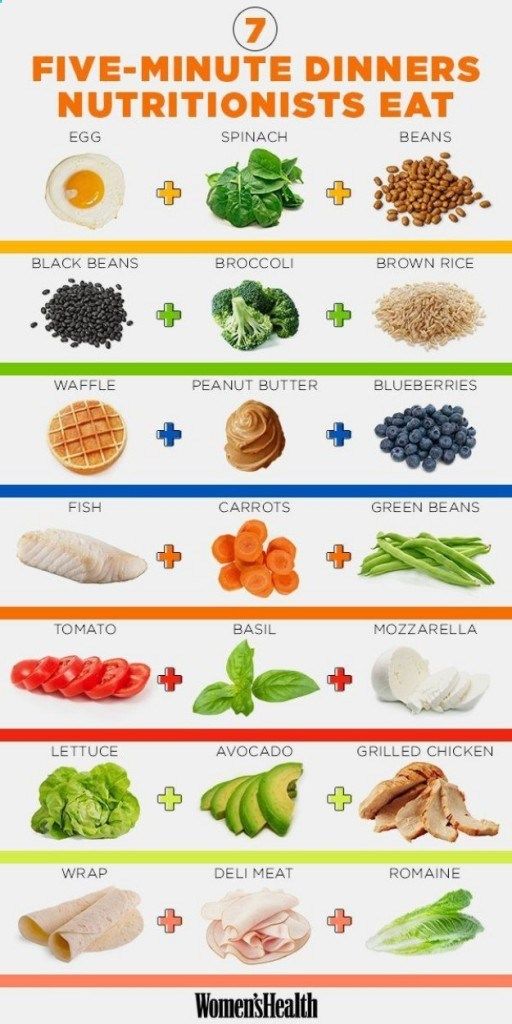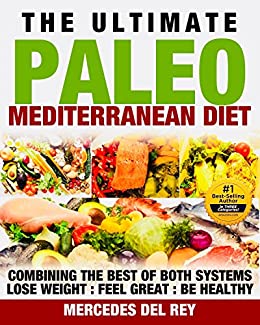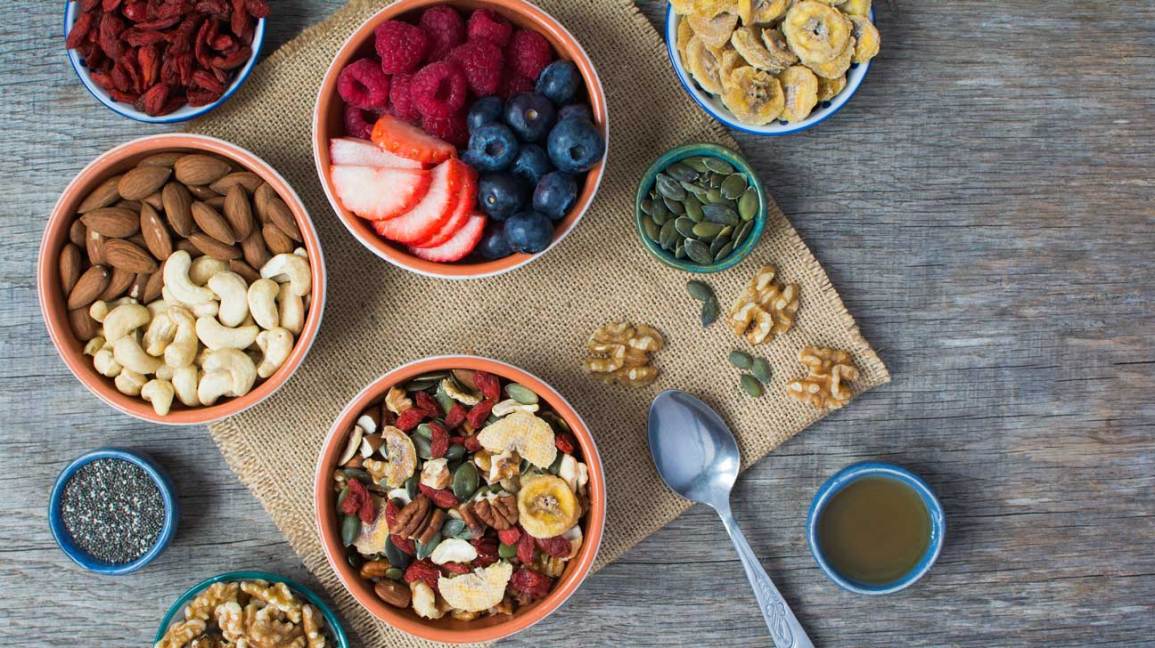
You're probably wondering, "Who created the Paleo diet?" Well, the answer is Dr. Loren Cordain, an American scientist who specializes in exercise physiology and nutrition. He is, among other things, one of the most prominent supporters of Paleo. But which of these men should I believe? Or is this just another myth? Find out the truth about this intriguing diet by reading on!
Dr. Loren Cordain
The Paleo diet is a controversial lifestyle plan that advocates eating foods our hunter-gatherer ancestors ate millions of years ago. This diet was based on research that looked at the Stone Age diet. It was low in salt, but high in potassium. High salt intake is a major cause of modern diseases. This diet was not available in the Stone Age. Dr. Cordain suggests that we should eat like our caveman ancestors to avoid many diseases.
In the world of nutrition and human evolution, Dr. Cordain has published numerous scientific articles and has become one of the most well-known authorities on the subject. His research has been featured in numerous media outlets including Dateline NBC, The New York Times and on the front page. His books and newsletters are well-known. Check out these resources for more information on the Paleo diet.
The Paleo Diet can be divided into three levels: basic to intermediate and advanced. At the lowest level, you eat fewer "open" meals and eat more foods that are forbidden to us. You can eat legumes and other seeds but only in moderation. The highest level allows you to eat 20 meals and 20 snacks per week. If you want long life and prosperity, this diet is recommended.

It is based in the assumption that high-protein diets of hunter/gatherers are indicative of a high intake. Cordain does however cite research that supports his theory using an ethnographic atlas from 229 hunter–gatherer societies. According to his research, 73% ate animal foods while only 14% ate plant food. Cordain's findings are refuted in Am. J. Clin. Nutr. 71:665-667.
This hypothesis might seem to be a valid one, but Dr. Cordain offers strong counterarguments. Cordain asserts that a low-fat diet can increase the risk of developing cancer. However, evidence does not support this claim. The diet's advantages are much greater than its disadvantages. Cordain’s study points out its many limitations but is still not definitive.
Walter Voegtlin
Paleolithic food is a way of eating which has been around at least 35 years. Walter Voegtlin was a gastroenterologist who created the Stone Age Diet. He studied man's diet and ecology. The diet is beneficial for people who have common digestive issues, according to his study. This diet has many health benefits including improved brain function, and a lower risk of colon cancer.
Voegtlin's diet was based on the idea that humans evolved as carnivores. We should also do the same. Voegtlin believed that humans are genetically identical to sheep and dogs and should therefore eat carnivorous food. Advocates for a diet cite modern data that is mixed but generally good. However, they should remember that modern humans have not adapted to the paleo diet as much as animals did ten thousand years ago.
Walter Voegtlin uses chemistry to demonstrate the effectiveness of his "The Real Diet of Man" book. The book highlights foods with low glycemic and high fiber levels, as well as balanced essential fatty acid. It emphasizes the foods that are essential for optimal body functioning. Ted Slanker & Walter Voegtlin are the authors. They have been reporting about nutrition research basics for over 15 years. Furthermore, they simplify complex studies to reveal the most important nutrients for human wellbeing.

Paleo is not suitable for all food groups. This includes processed foods, sugars, salt, and grains. Some animals are not suitable for the diet, as they are grain-fed. Additionally, modern fruits and vegetables are very different from those that were consumed in paleolithic times. In fact, some Paleo diet enthusiasts cite studies that have only a small number of subjects and are not long-term. These studies are not supportive of the Paleo Diet as a whole.
A study of animal diets is required because the Paleolithic diet is heavily dependent on animal protein. While Paleolithic diets did not include vegetarian foods, they still have an influence on modern people. Many of these researchers believe animal diets were not completely vegetarian or vegan. And while eating more meat and fat may have lowered cholesterol levels, it can also improve cardiovascular health.
FAQ
Can you be a self-taught cook?
Yes, you can be a self-taught cook! Everyone loves cooking, regardless of whether they are skilled or not. If you are interested in learning how to cook, start cooking at home. Start small, like making pancakes for breakfast or spaghetti sauce for dinner. Try new recipes and be open to experimentation when learning how to cook. It is possible to make mistakes.
You can learn to cook in a matter of hours or weeks depending on your level of cooking ability. It's important to remember that cooking isn't just about following recipes. There are many ways to cook food. If you have an idea, follow it.
Where can I get free online cooking lessons
Many websites offer cooking lessons for free. YouTube is a great place to search for cooking videos. You may have access to thousands upon thousands of recipes on some websites. Although you will have to pay a monthly fee for these sites, you can always try them for free for 30 consecutive days.
How much does it cost to go to culinary school?
Culinary school costs vary depending on where you go, how long you study, and what program you choose. The annual tuition average is between $10,000 and $30,000 The average student graduates with $20,000 in debt. Some programs offer scholarships, grants, or work-study opportunities.
How Much Does It Cost to Study Culinary Arts?
There are many factors that influence the cost of learning culinary arts. For example, a 4-year degree costs about $40,000. A two-year associate degree, on the other hand may cost less than $5,000. Tuition rates vary depending on what program you choose. Public institutions are more expensive than private institutions.
Statistics
External Links
How To
How to make a perfect Omelette
Omelets is one of my favourite breakfast foods. How can you make them perfectly? Many different recipes and methods have failed to work for me. So I am sharing some tips and tricks today to help you make fluffy, delicious omelets every morning.
We should first know that eggs are very temperamental ingredients when making omelets. The eggs must be fresh from an organic source and kept at room temperature until they are ready to be cooked. If you don't keep them cold enough, the whites won't form properly, and the yolks will break down too much and become runny. This causes your omelets to look oddly colored. If you want to make omelets right away, it's best not to use eggs that are too cold.
You might also try separating the egg before adding to the pan. The yolk and white should not be mixed together as this can cause the omelet's curdle.
You might burn the bottom of the egg if you place the egg directly on the stovetop. This could ruin the texture of your omelet. Instead, heat the egg in a microwave for 10 seconds and then place it in a pan. The microwave heat will cook the egg just right without making it too hot.
Let's now talk about mixing eggs. When you mix eggs together, you want to beat them well. Turn the bowl upside down and grab the whisk to do this. Now shake the bowl vigorously. The egg will be thoroughly mixed in the bowl as the air is whipped.
The fun part begins - you need to pour the milk into your mixture. Mix half of the milk with the eggs. Then fold the eggs in half into the remaining milk. Do not be alarmed if there are still egg streaks visible. Once the omelet flips, these streaks will disappear.
After folding the eggs fold the pan onto medium heat. When the oil starts to hot, wait for the pan to cook. Add 1/4 cup butter to the oil and swirl it around to coat all sides of the pan. The lid should be carefully opened. Sprinkle salt in the pan. The salt will help to prevent the omelet's sticking to the pan.
Cover the pan once you have formed the omelet. Wait for the top to set. Flip the omelet with a spatula, or flip it upside down. Cook the other half for another minute. Take the omelet out of the pan and immediately serve.
This recipe works best with whole milk, but skimmed milk also works.